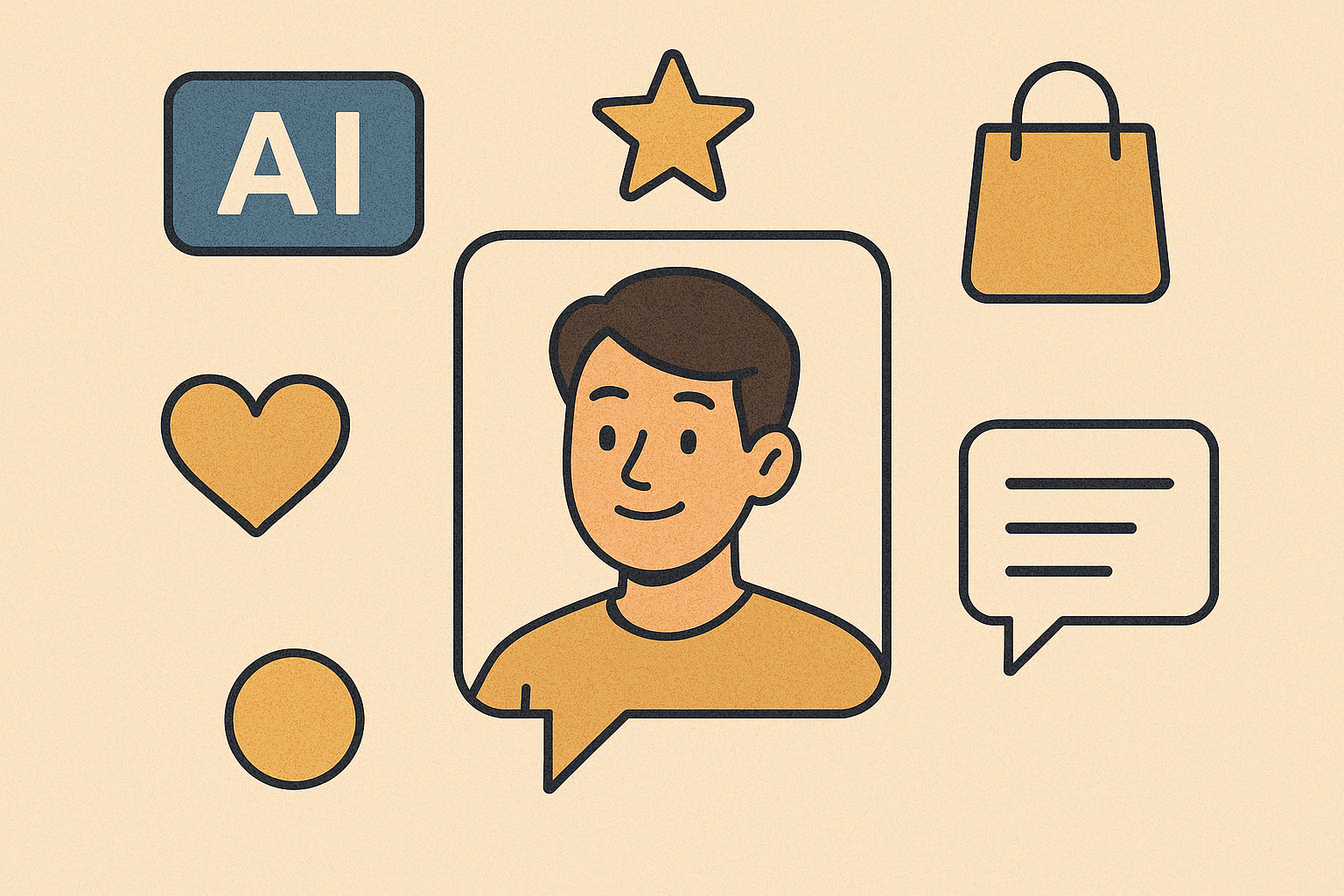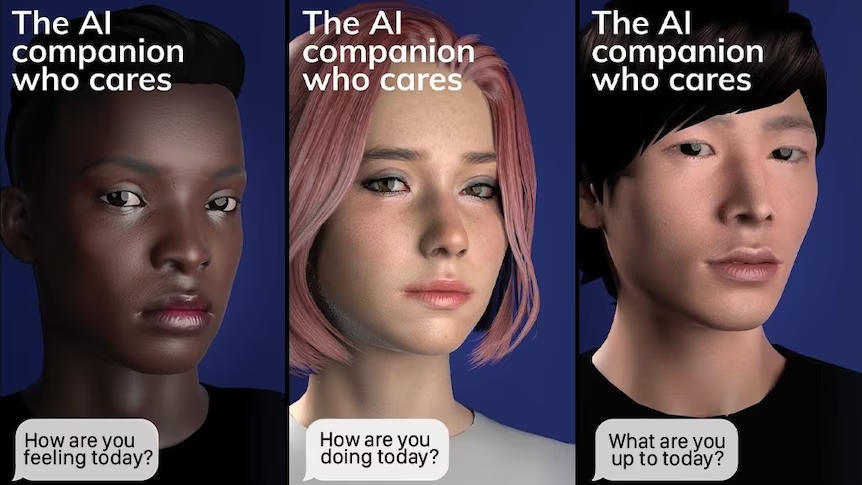Designing Personalities for AI | 매거진에 참여하세요
Designing Personalities for AI
#designer #ai #chatbot #character #persona #design
How the Role of Designers is Changing
From logos to language: We’re designing not just how a brand looks, but how it talks and feels.
When “Brand” Becomes a Personality
In the past, designers focused on visual identity—logos, colors, typography. Today, we’re asked a deeper question:
“If this brand could talk, how would it sound?”
As AI interfaces—chatbots, voice assistants, digital humans—become mainstream, designers aren’t just crafting screens.
We’re shaping personalities.
We’ve entered the era of AI persona design, where a brand isn’t just a face. It’s a living character with tone, emotion, and behavior.
Welcome to the intersection of design, psychology, and language.
Why AI Personas Matter
Users don’t just care about what an AI does. They care how it does it.
Two bots can deliver the same answer—but one might sound warm and friendly,
while the other feels cold and robotic. Guess which one earns trust?
Imagine these contrasts:
- A bubbly, emoji-loving AI vs. a precise, minimal one
- A quick-reply chatbot vs. one that pauses and reflects before answering
- A comforting tone in crisis vs. a neutral “corporate” voice
These nuances influence brand perception, user loyalty, and even product success.
Which means: designers now design dialogue.
Elements of an AI Persona: The New Character Sheet

Think of designing an AI persona like building a character in a game. It’s not just about copy—it’s about emotional consistency across all interactions.
Here are the key components:
Component | What It Means |
|---|---|
Tone & Vocabulary | Polite or casual? Technical or conversational? |
Emotional Style | Calm, cheerful, neutral, sarcastic? |
Response Patterns | Instantaneous answers? Thoughtful delays? Questions returned? |
Personality Traits | Empathetic, witty, curious, encouraging? |
Visual Expression | Avatar styles, emoji usage, typeface tone (formal vs playful)? |
A well-crafted AI personality includes response logic, design cues, script templates, and brand guidelines—all woven into a living, breathing interface.
Real-World Inspiration
1. CharacterGPT
A tool that lets users generate full personalities, including voice and appearance.
It started as entertainment, but now brands are using it to prototype digital assistants.

2. Replika
An AI companion that adapts to user emotions. Its tone, word choices—even emojis—shift based on ongoing conversations.
It’s not just reactive; it feels personal.

Designers as AI Psychologists?
As brands deploy more conversational interfaces, a new hybrid role is emerging:
The AI Persona Designer.
This person doesn’t just understand UX—they understand emotion.
Essential Skills:
- Emotional design: How tone shifts impact trust or comfort
- Scenario-based storytelling: Building personalities that evolve
- Brand decoding: Translating values into dialogue
- Prompt engineering: Crafting and testing structured AI responses
Evolving Teams:
We’re already seeing teams structured like this:
- Brand Designer
- UX Designer
- AI Scenario Writer
Some even have a dedicated “Persona Strategist.”
It's Not a Trend. It’s a Field.
In an AI-first world, emotional resonance is a competitive edge.
The what of your service is no longer enough—it’s the how that builds relationships.
As designers, we’re not just shaping screens.
We’re crafting conversations.
We’re designing trust.
We’re building identity.
So next time you’re tasked with a chatbot or voice assistant, don’t ask:
“What features does it need?”
Ask:
“Who is this?”
Because personality is now product.
And design is no longer about making things pretty.
It’s about making them human.
AI persona insights: bunzee.ai






